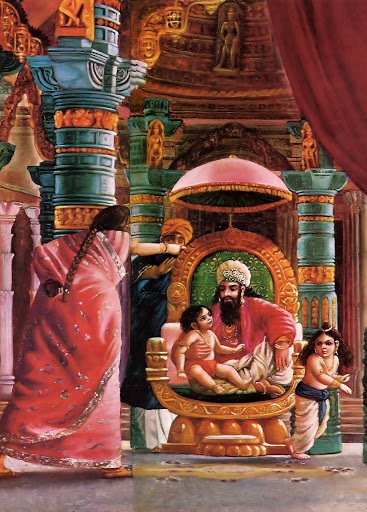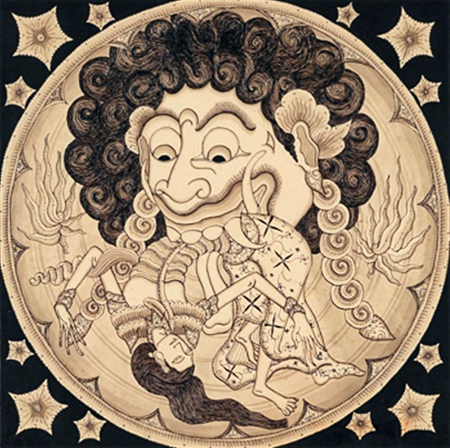[Background: This Post is a sequel to the Discussions at Q: 541 with regard to “Who or what is that which listens to the mahA vAkya ‘tattvamasi’ and Who really gets “It”?” My reply to that question, based on 18.114, upadesha sAhashrI of Shankara, was that “It is the Inner Self Itself which “listens” to the Non-dual message.” Dennis and Venkat made some significant observations on this issue and I found myself inadequate to answer their points.
So, I took the liberty to refer the matter to three highly knowledgeable and well-read Vedantins who are also proficient in Sanskrit. They had been extremely kind to readily spare their time amidst their own preoccupations and to share their views on this profound subject. Their in-depth analysis and exposition backed by authentic citations is too valuable and important to stay tucked in my files and deserve wider dissemination. Hence, I present below, as an expression of my gratitude, their Comments which will undoubtedly be beneficial to many seekers.]
Smt. Manjushree Hegde Ji (India):
You’ve chosen the toughest chapter of the toughest text! Continue reading


 Dhruva was an adorable little boy. He saw his half-brother, Uttama, sitting and playing on the lap of their father, King Uttanapada. He too desired to climb on to the lap of Uttanapada. But his step-mother could hardly tolerate that. She gave a tight slap to him declaring that he was unfit to sit on the lap of the King as he was not born to her but to another queen. Crest-fallen and deeply hurt, the little kid, with his eyes full of tears, ran to his mother. His mother, a highly noble lady, consoled him and advised that he should achieve something so that people look at him with awe. The little Dhruva left the royal palace and went away to a distant forest. He met with a group of Sages in the forest and narrated to them his soulful story. They advised him to meditate on Vishnu. So, he embarked on a very austere and rigorous course of meditation. Regretting heavily the developments, the King and all his retinue, his mother, the queen and all his family implored that he should give up his askesis and return home. The King was even ready to abdicate the throne and promised to coronate him. But Dhruva was unrelenting. He did not succumb to the temptations and was uncompromising in his resolve. He pursued his meditation with greater vigor. He meditated on Vishnu, the Ultimate.
Dhruva was an adorable little boy. He saw his half-brother, Uttama, sitting and playing on the lap of their father, King Uttanapada. He too desired to climb on to the lap of Uttanapada. But his step-mother could hardly tolerate that. She gave a tight slap to him declaring that he was unfit to sit on the lap of the King as he was not born to her but to another queen. Crest-fallen and deeply hurt, the little kid, with his eyes full of tears, ran to his mother. His mother, a highly noble lady, consoled him and advised that he should achieve something so that people look at him with awe. The little Dhruva left the royal palace and went away to a distant forest. He met with a group of Sages in the forest and narrated to them his soulful story. They advised him to meditate on Vishnu. So, he embarked on a very austere and rigorous course of meditation. Regretting heavily the developments, the King and all his retinue, his mother, the queen and all his family implored that he should give up his askesis and return home. The King was even ready to abdicate the throne and promised to coronate him. But Dhruva was unrelenting. He did not succumb to the temptations and was uncompromising in his resolve. He pursued his meditation with greater vigor. He meditated on Vishnu, the Ultimate. 